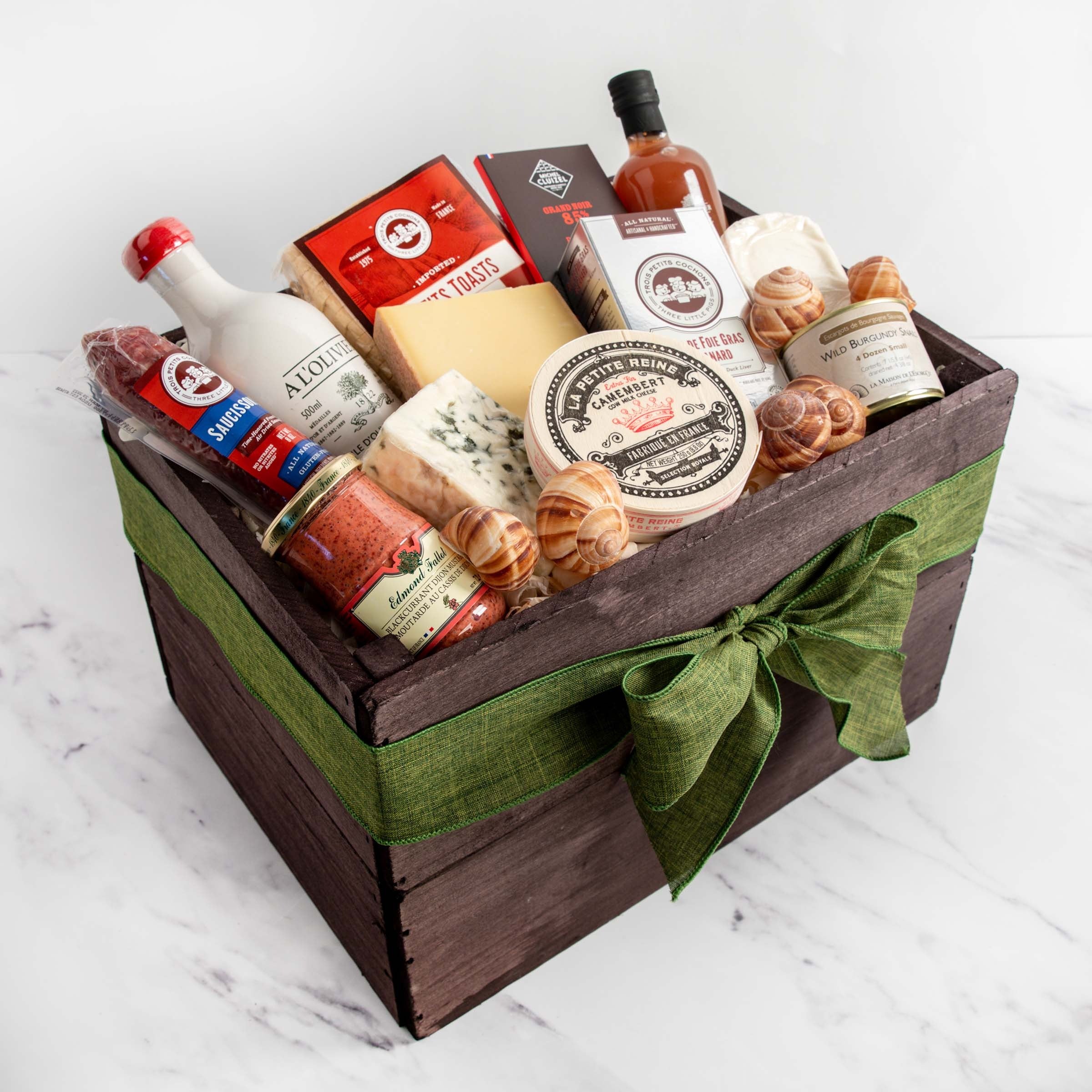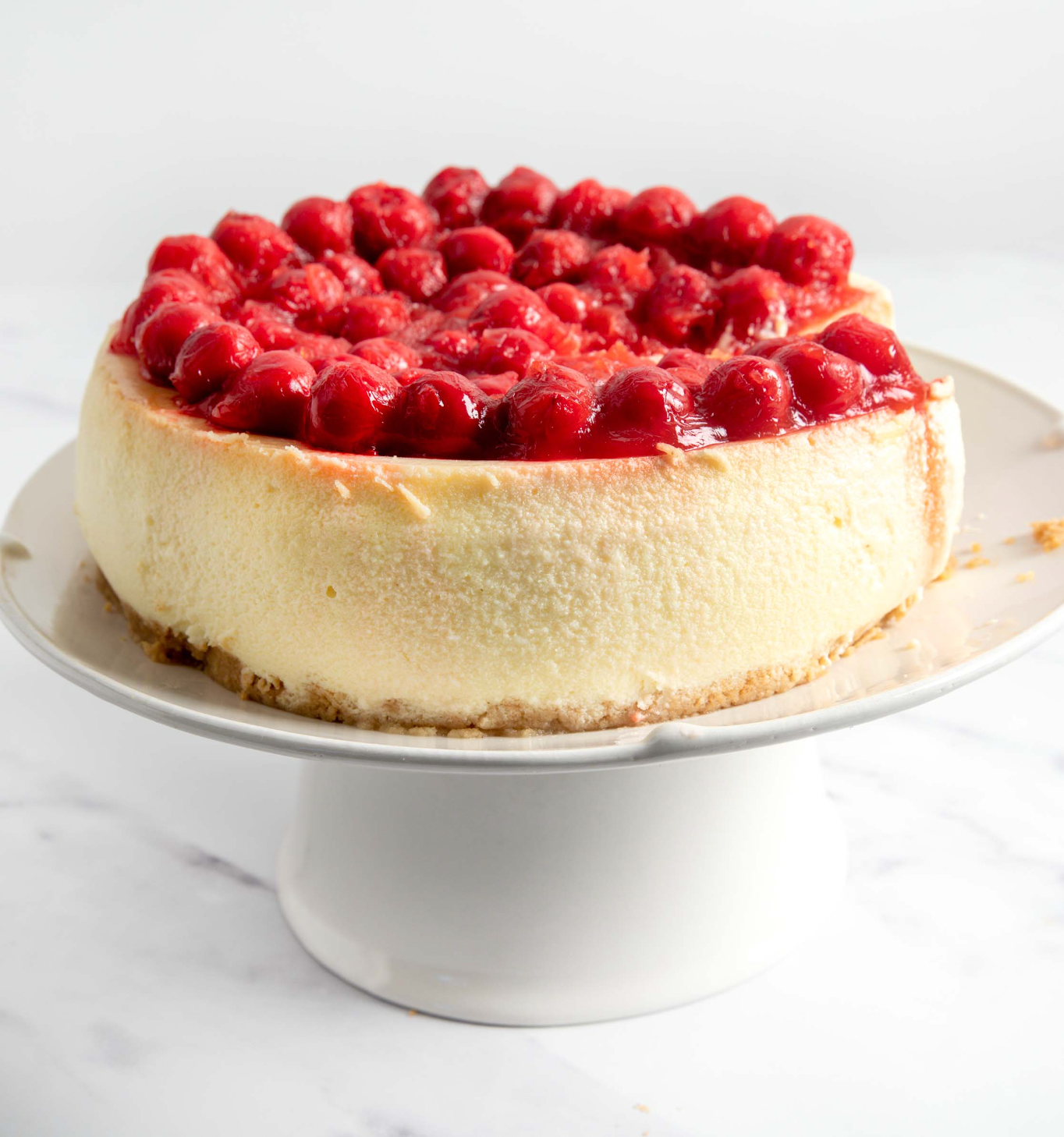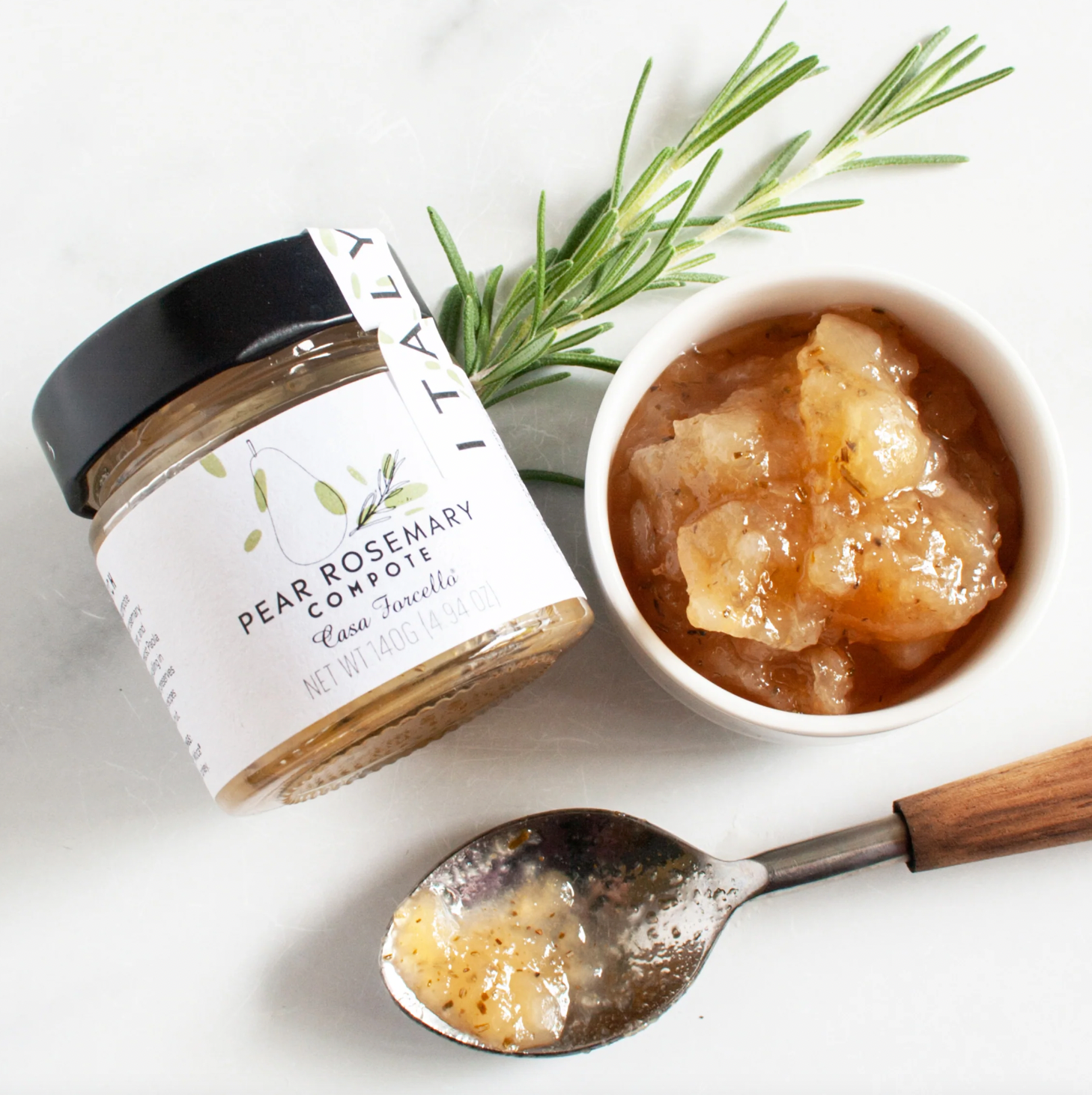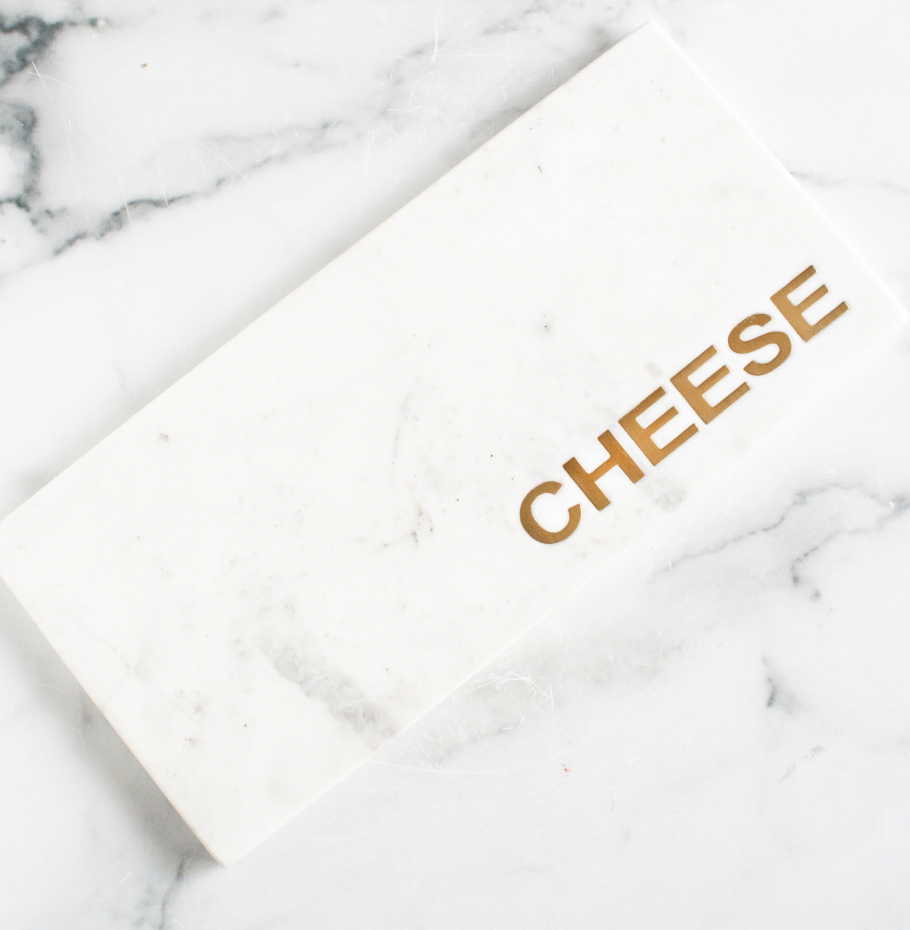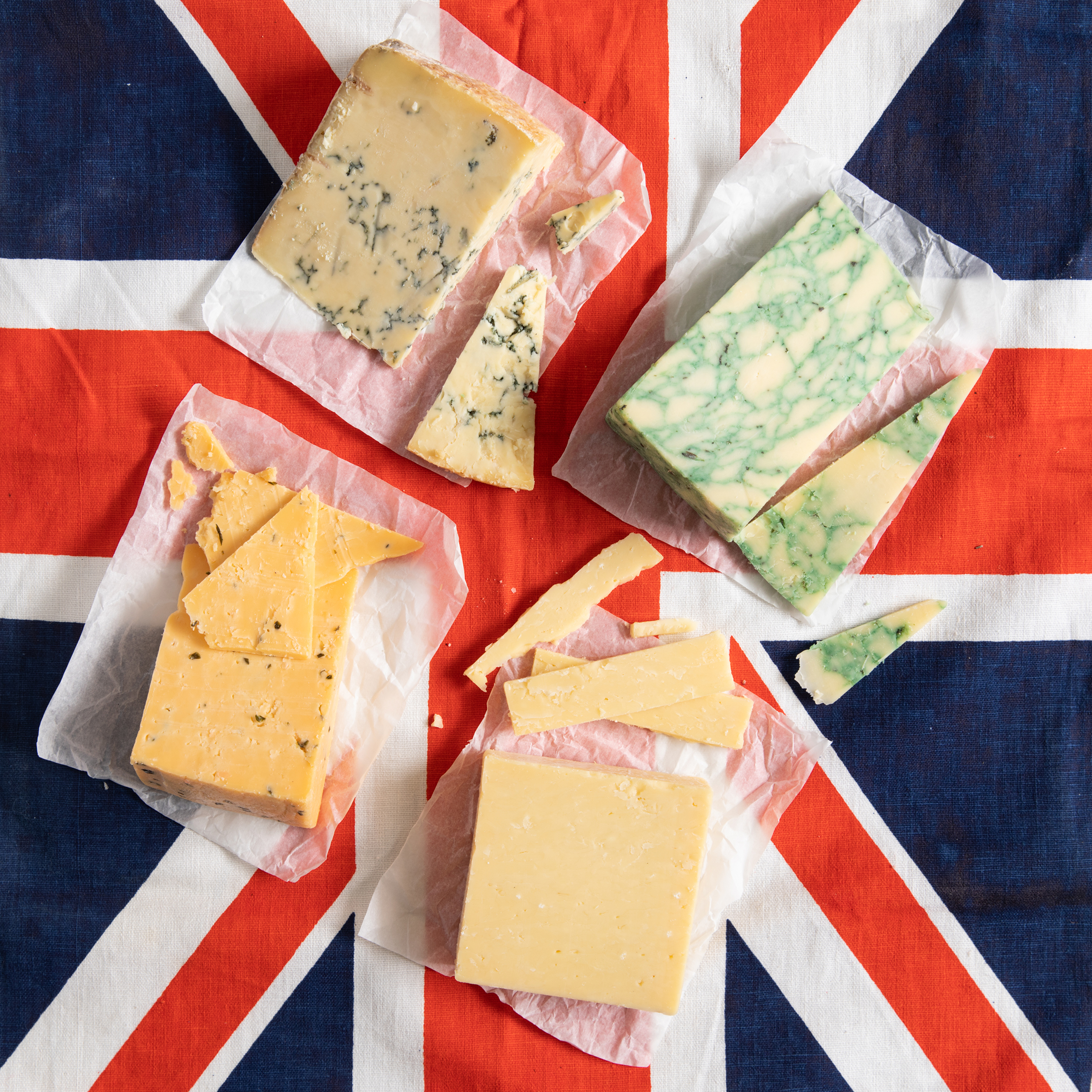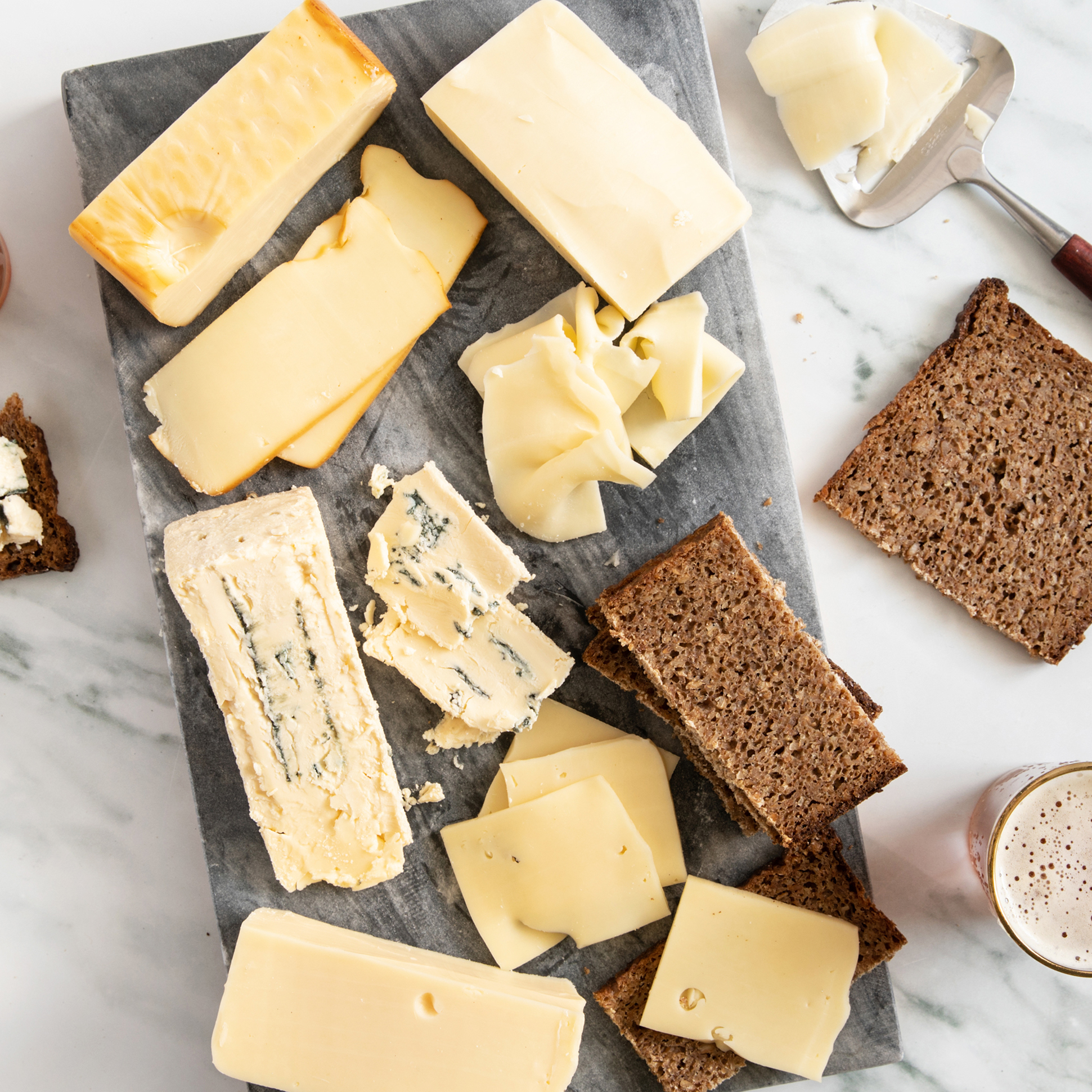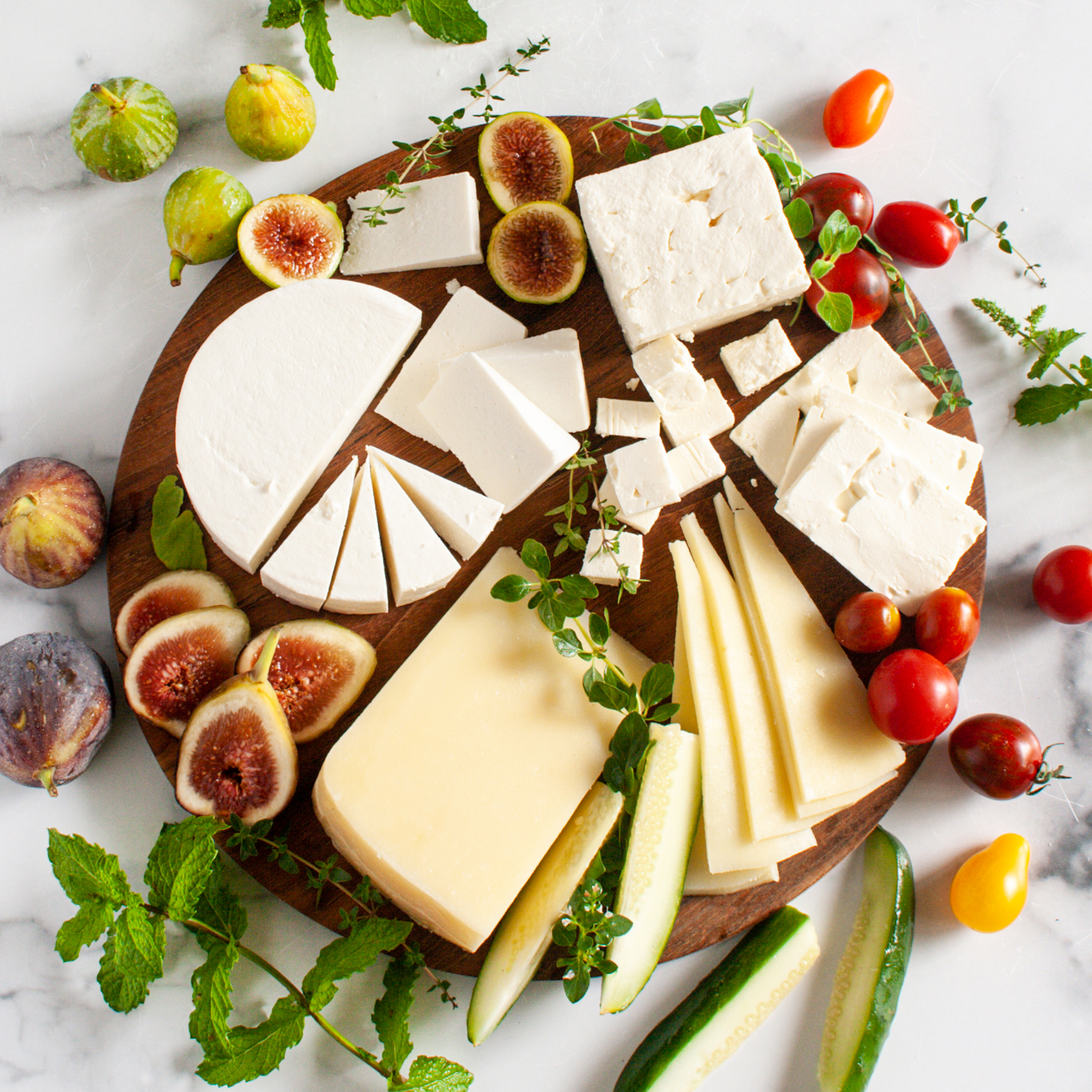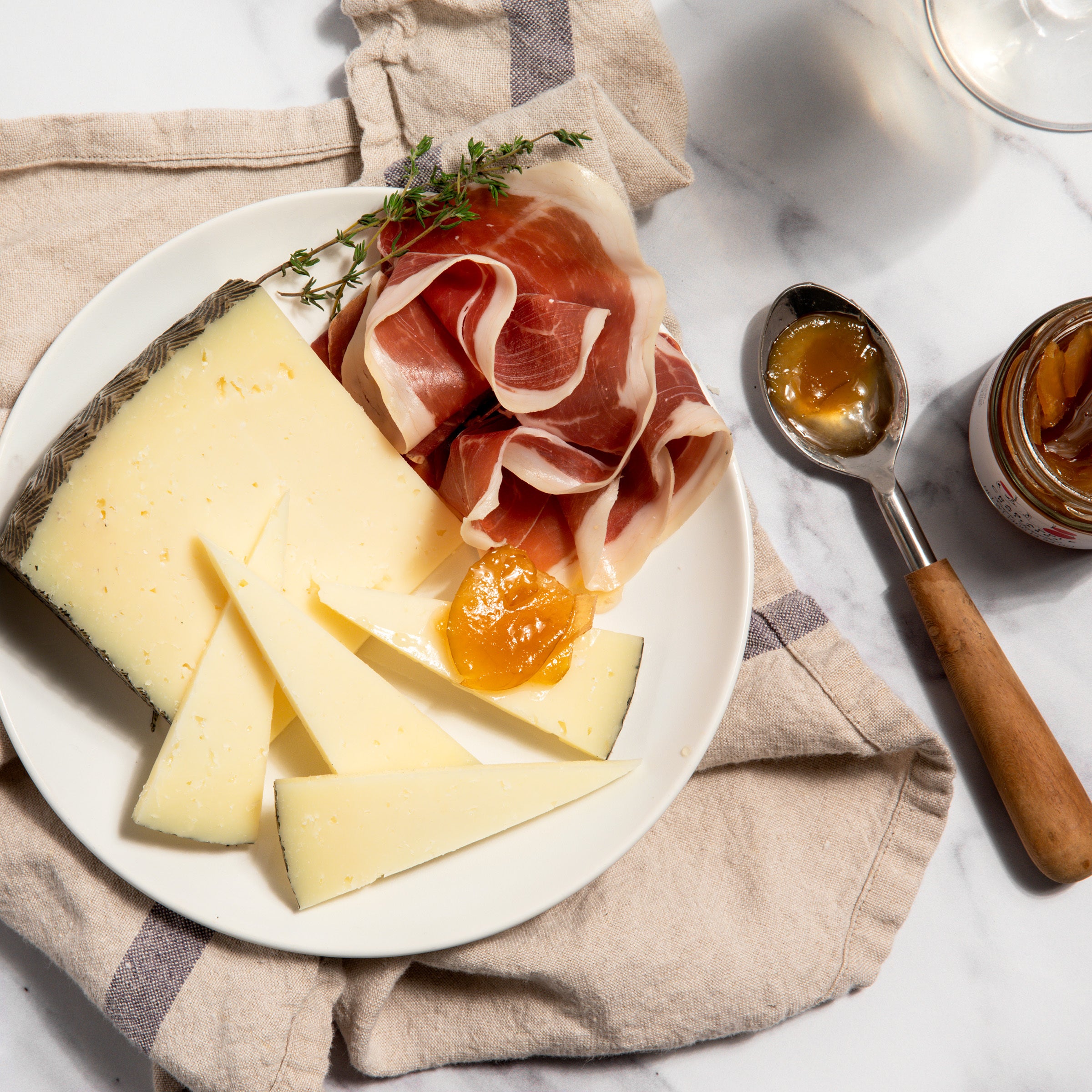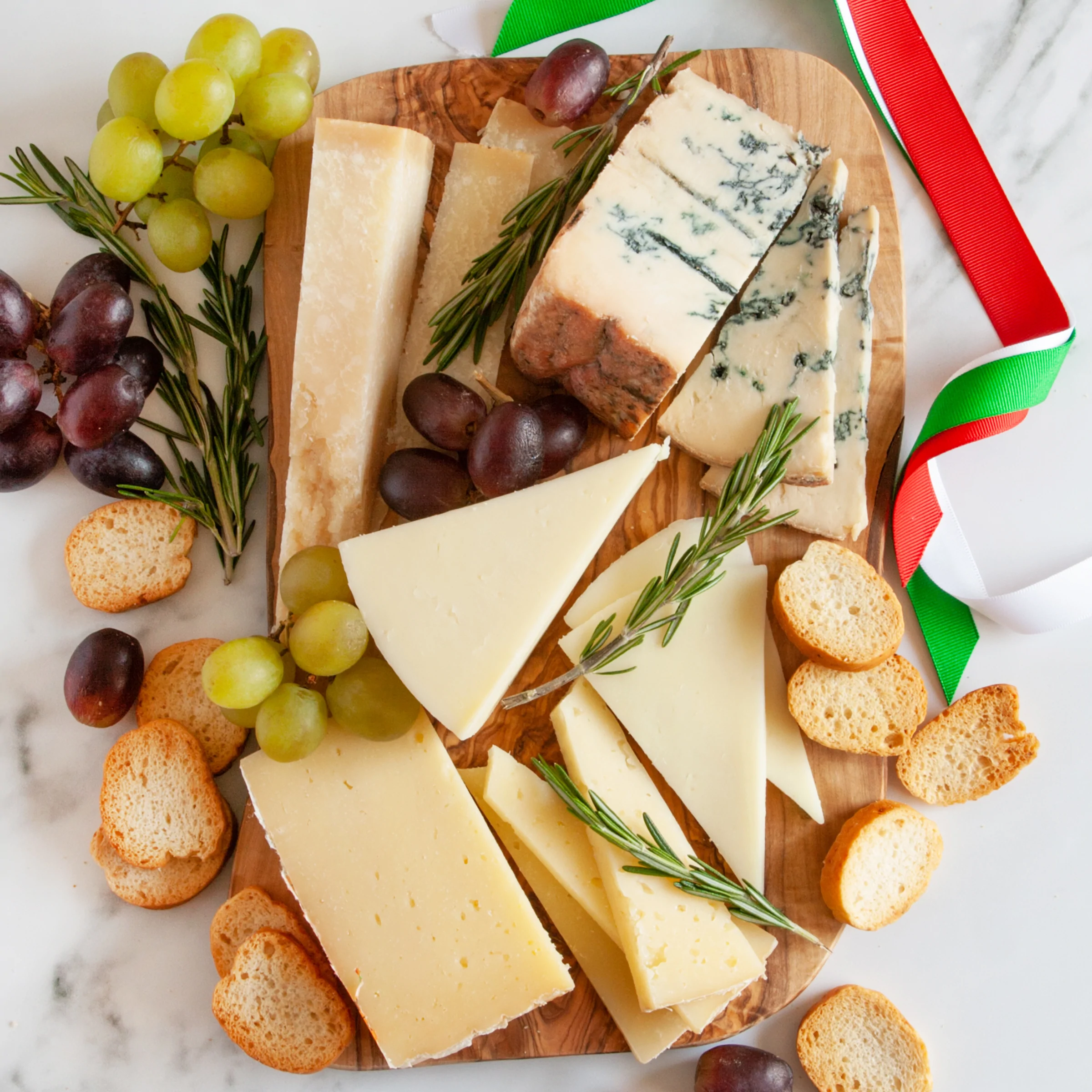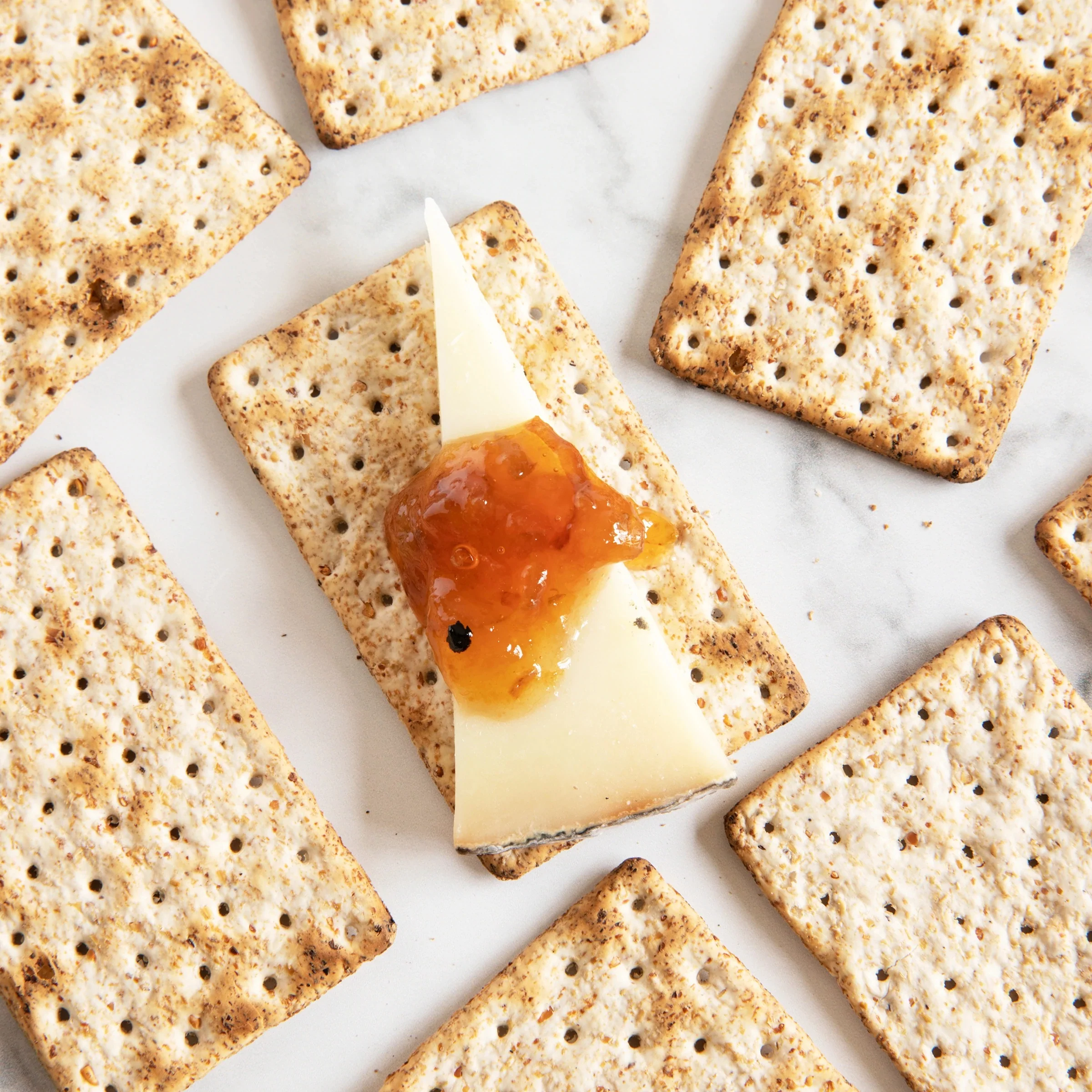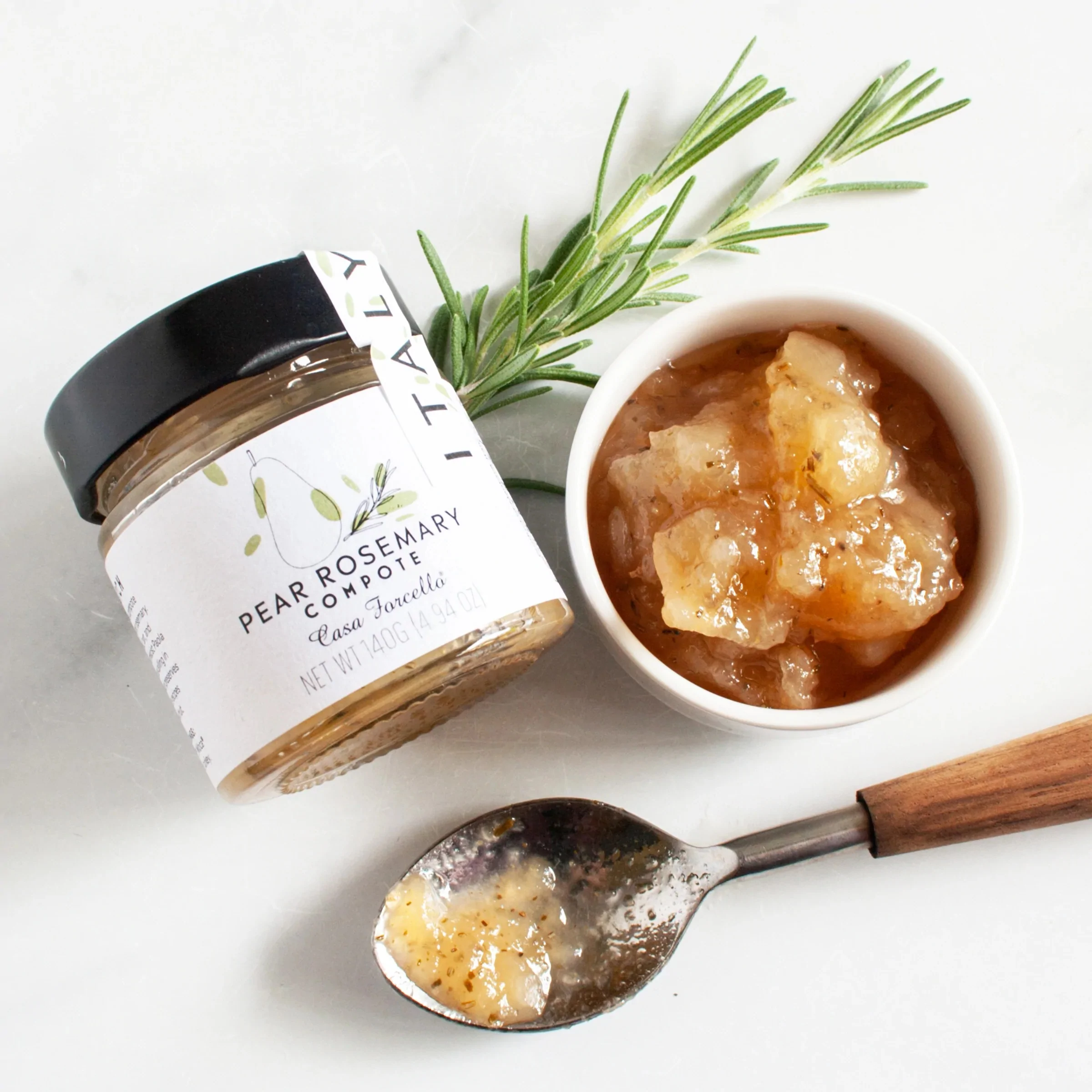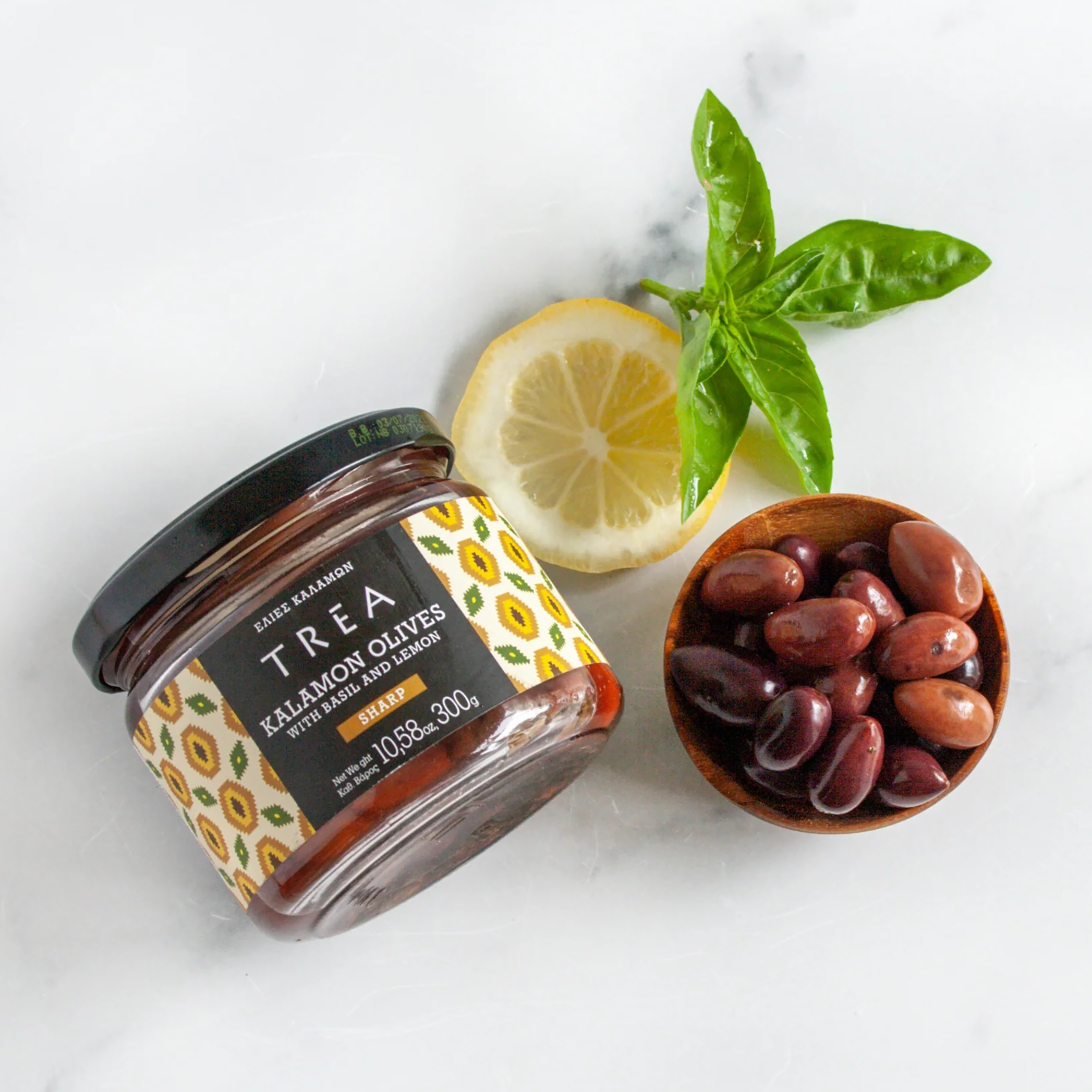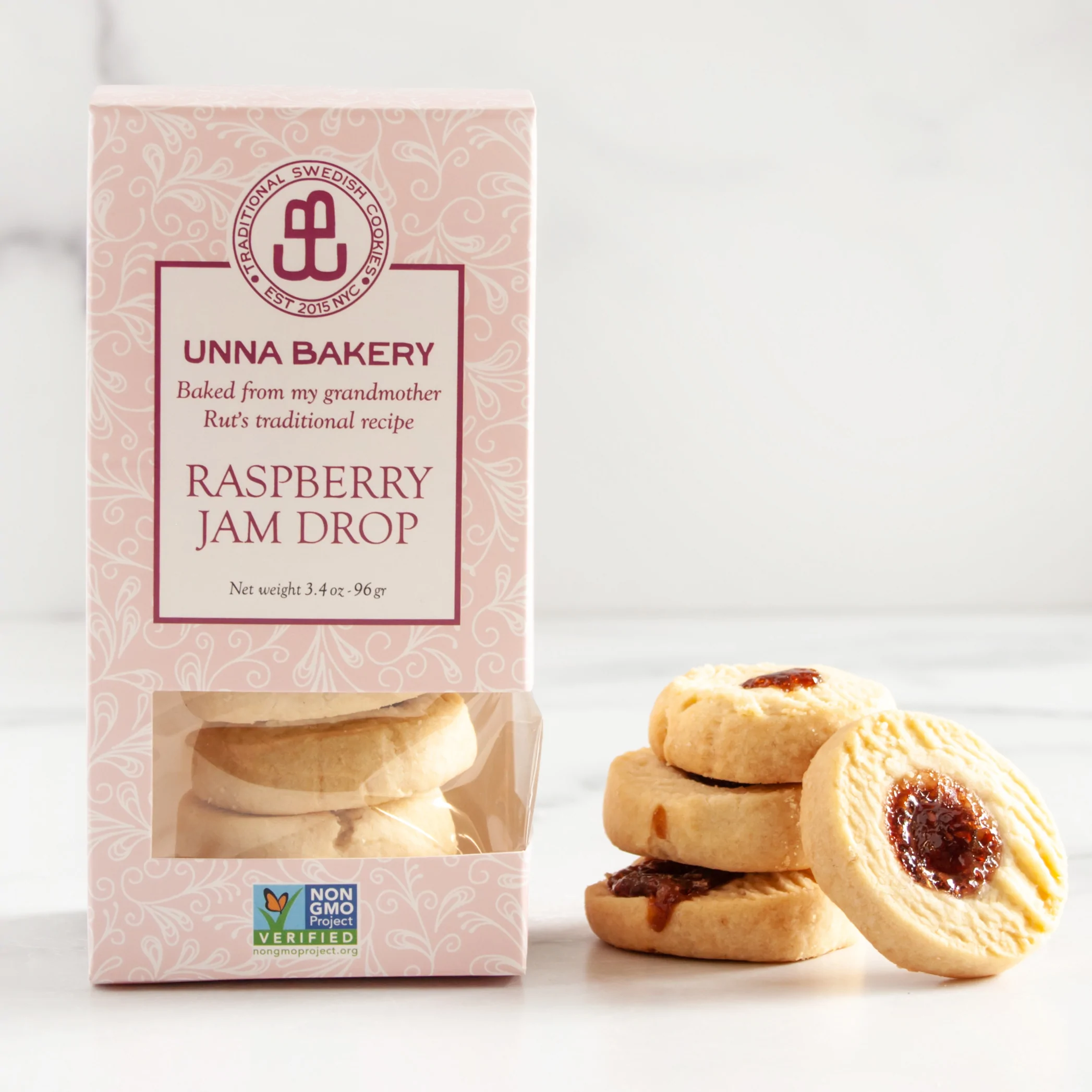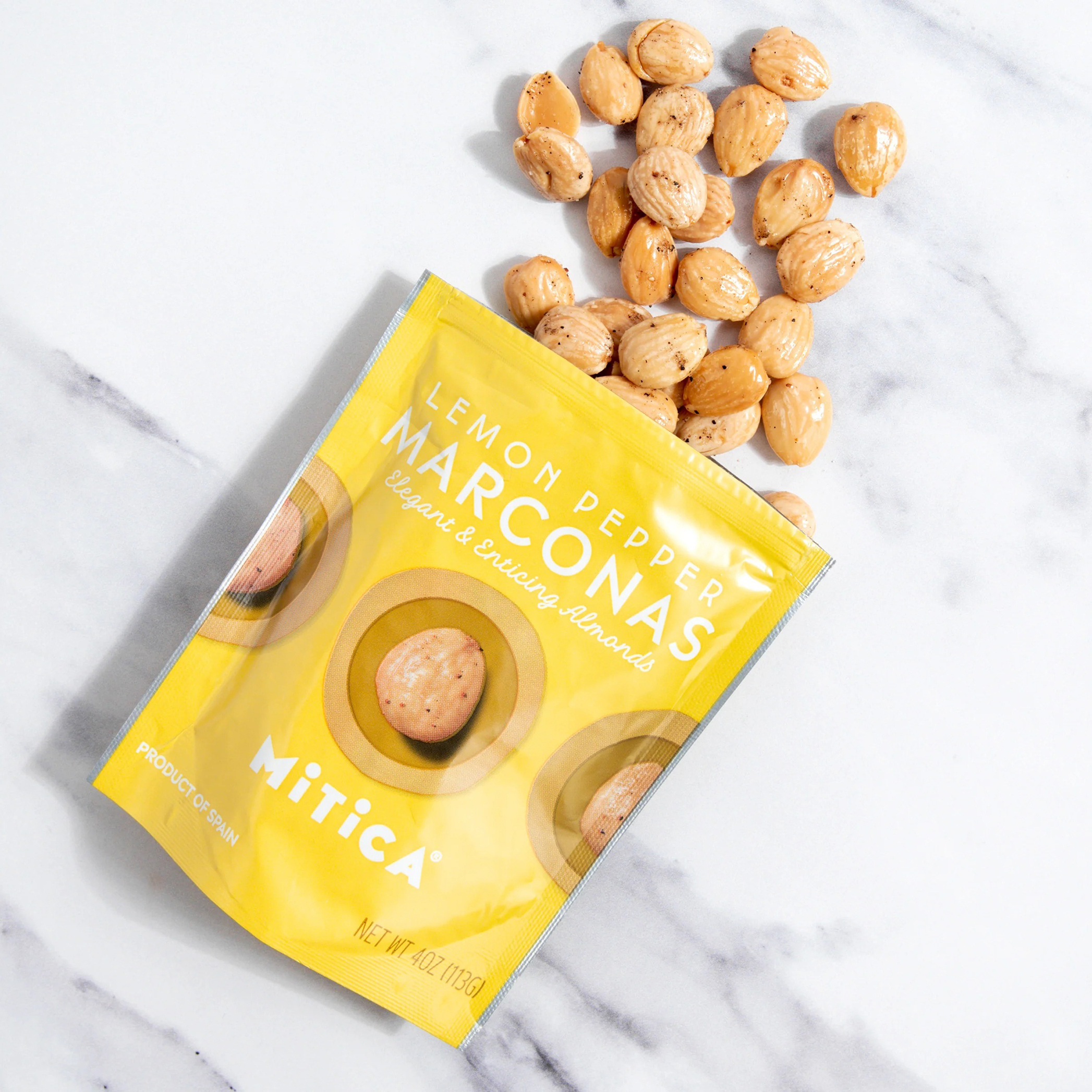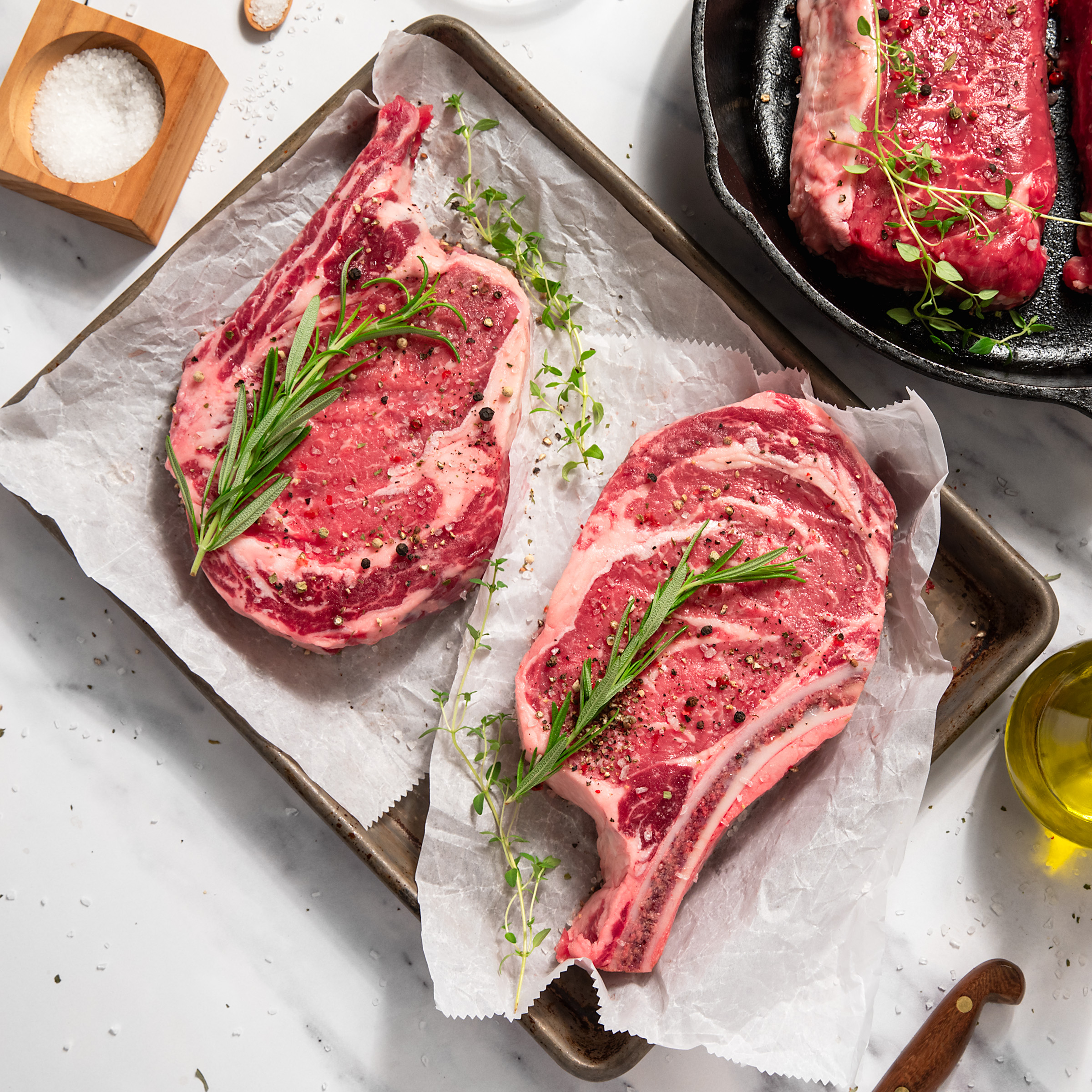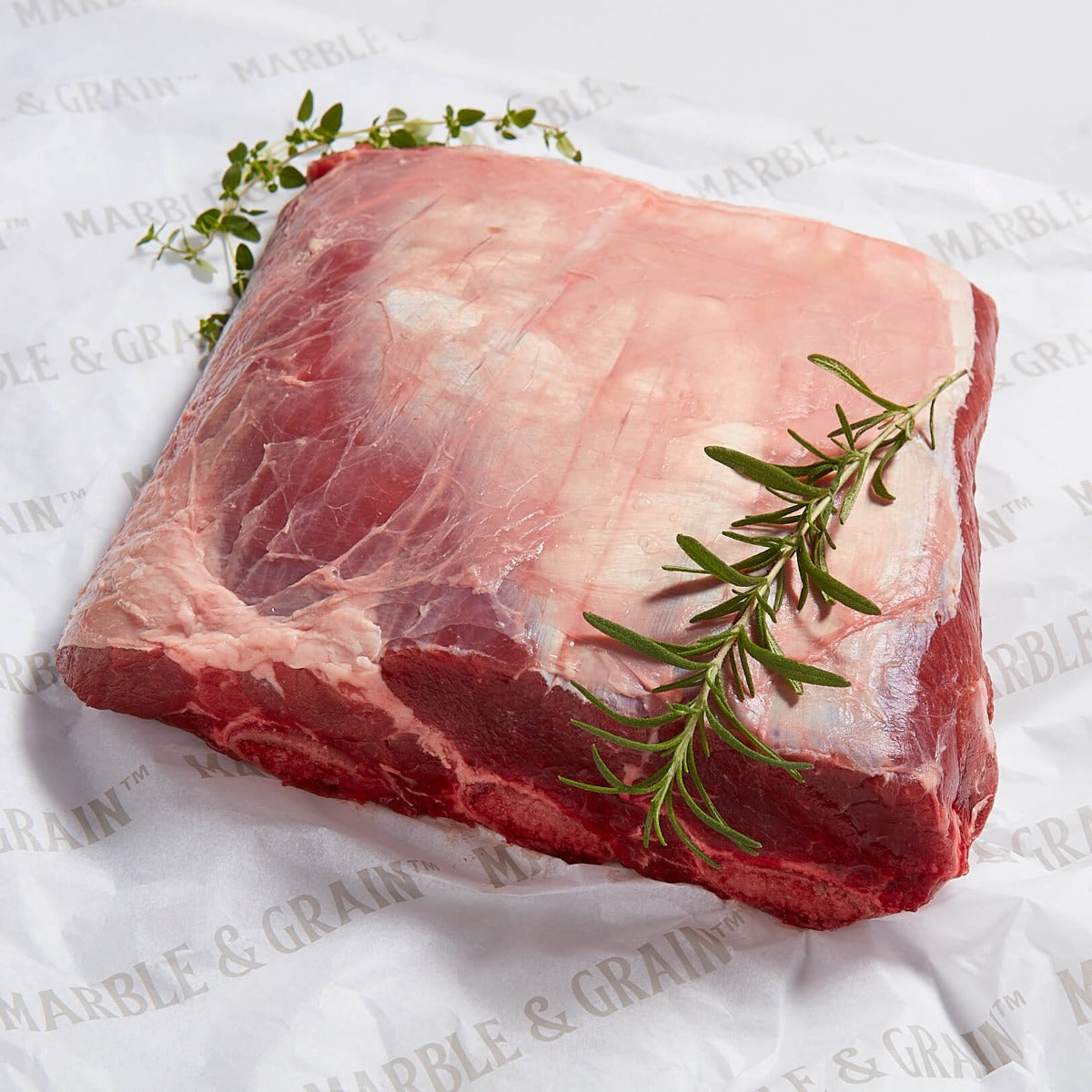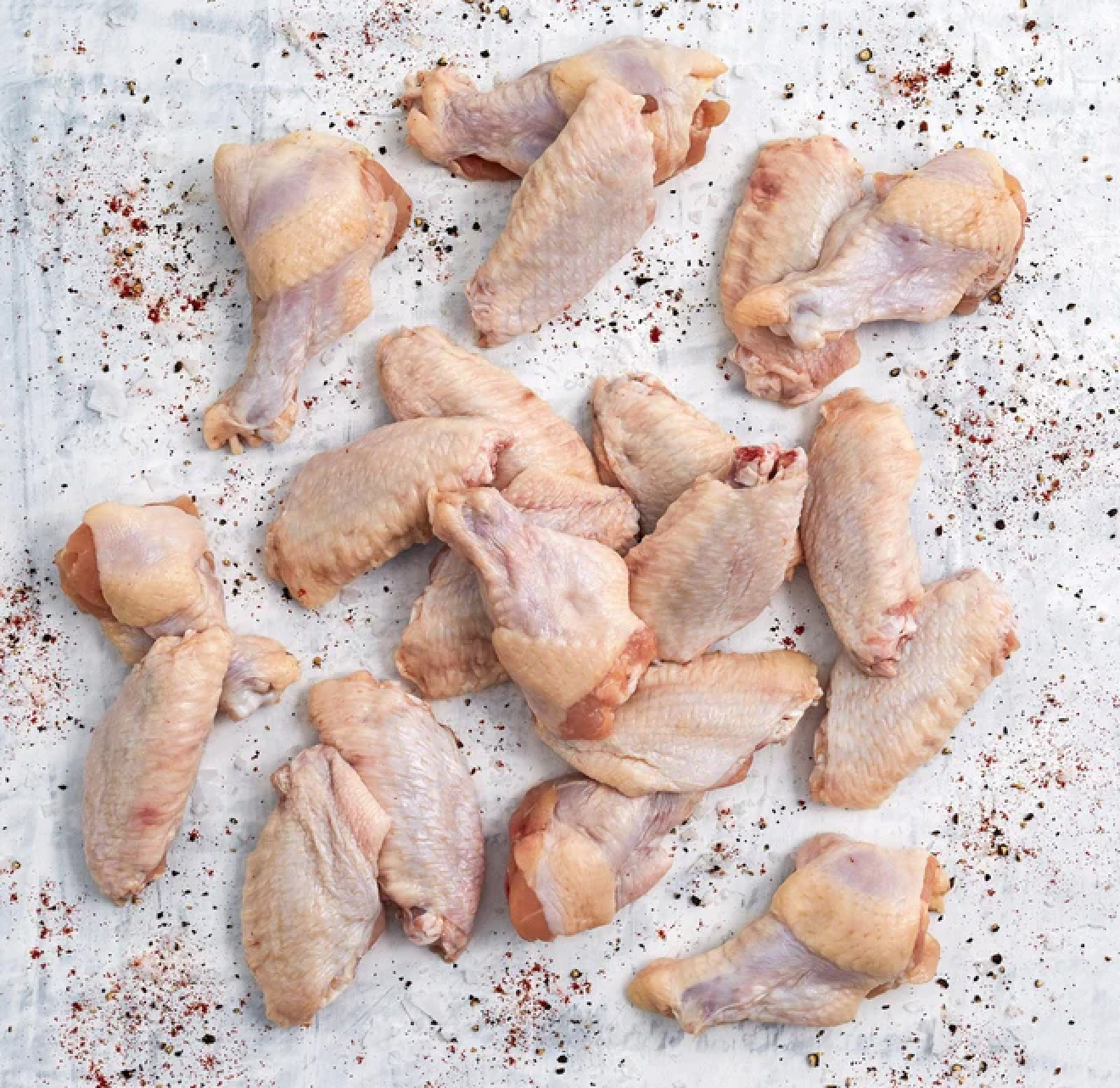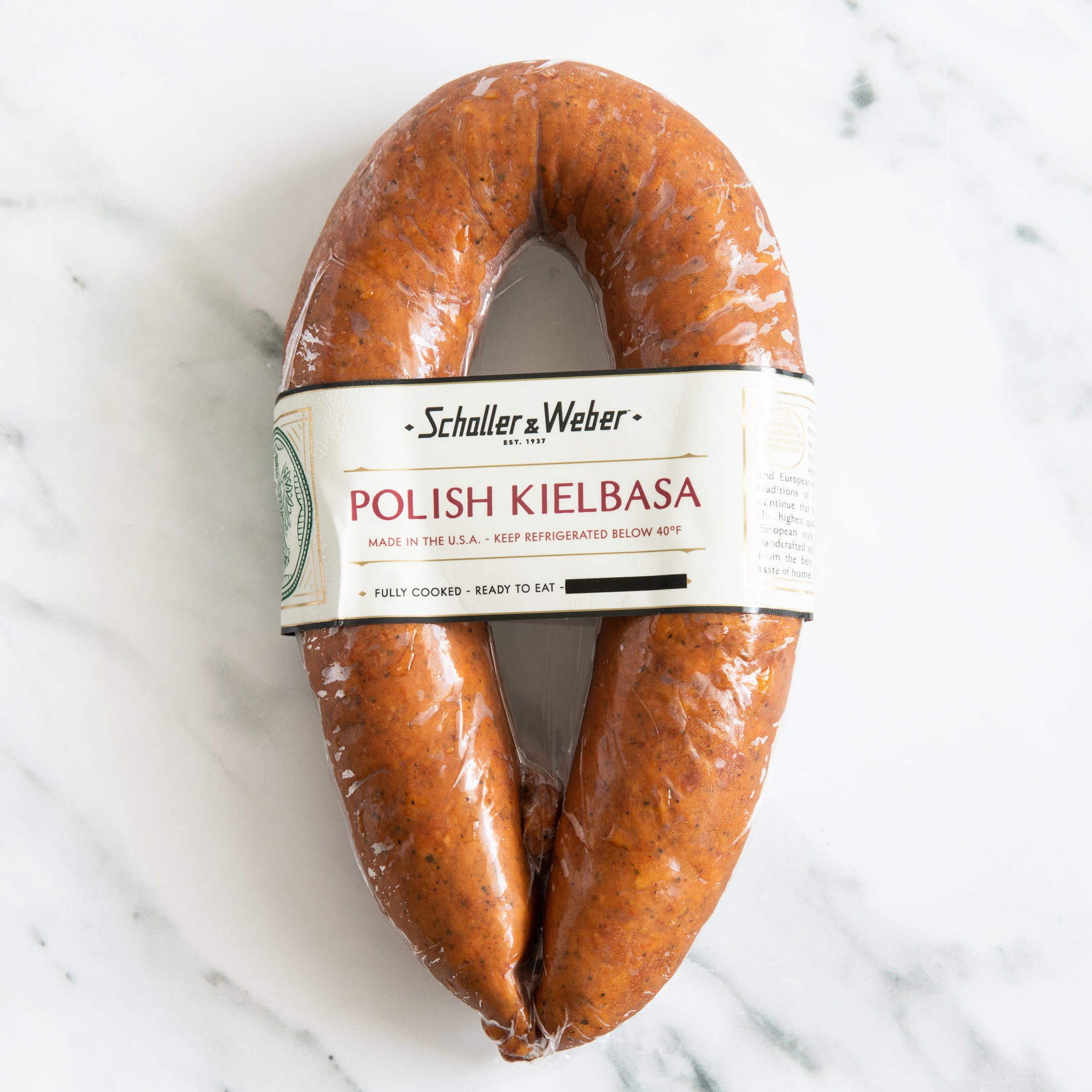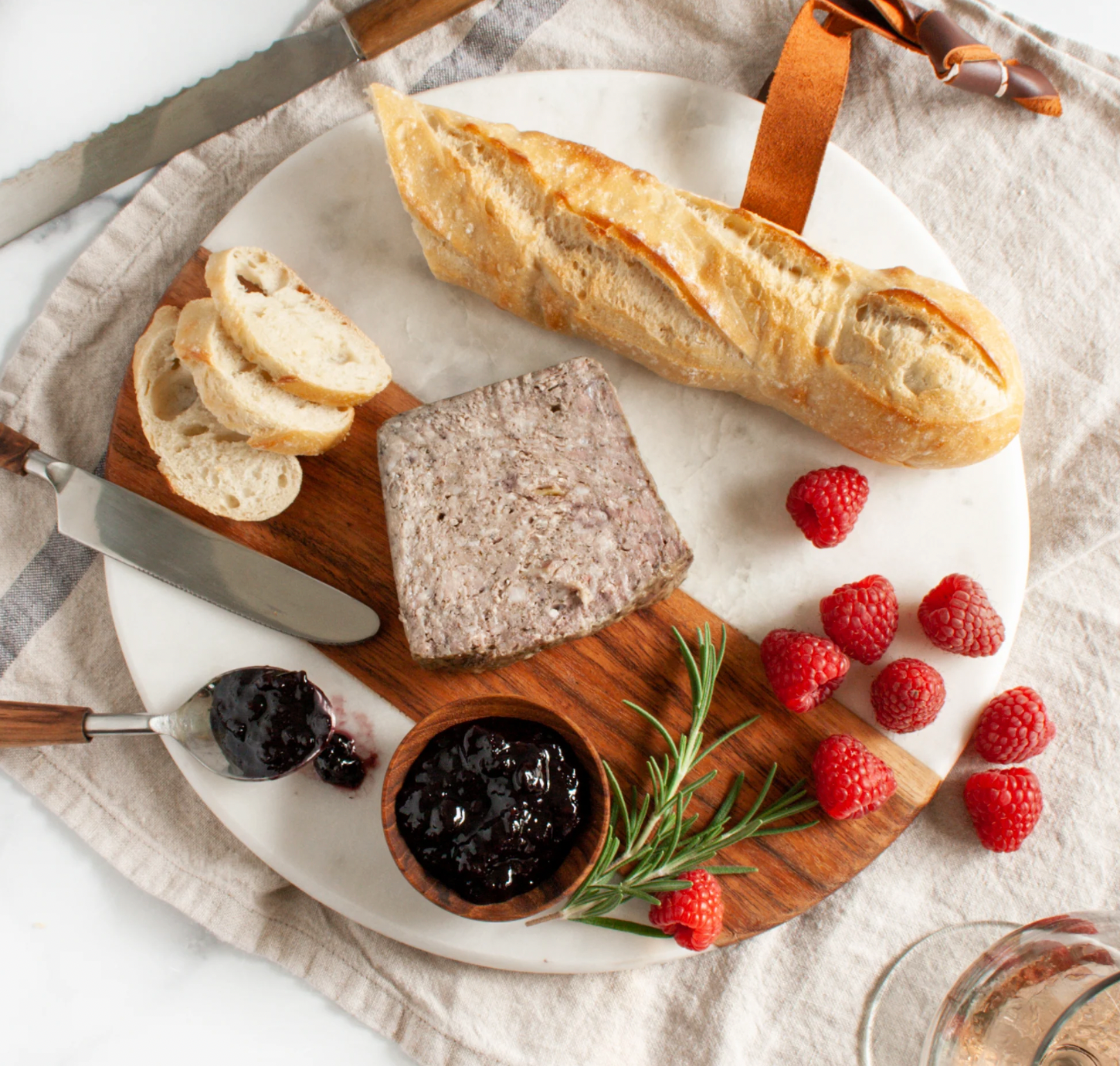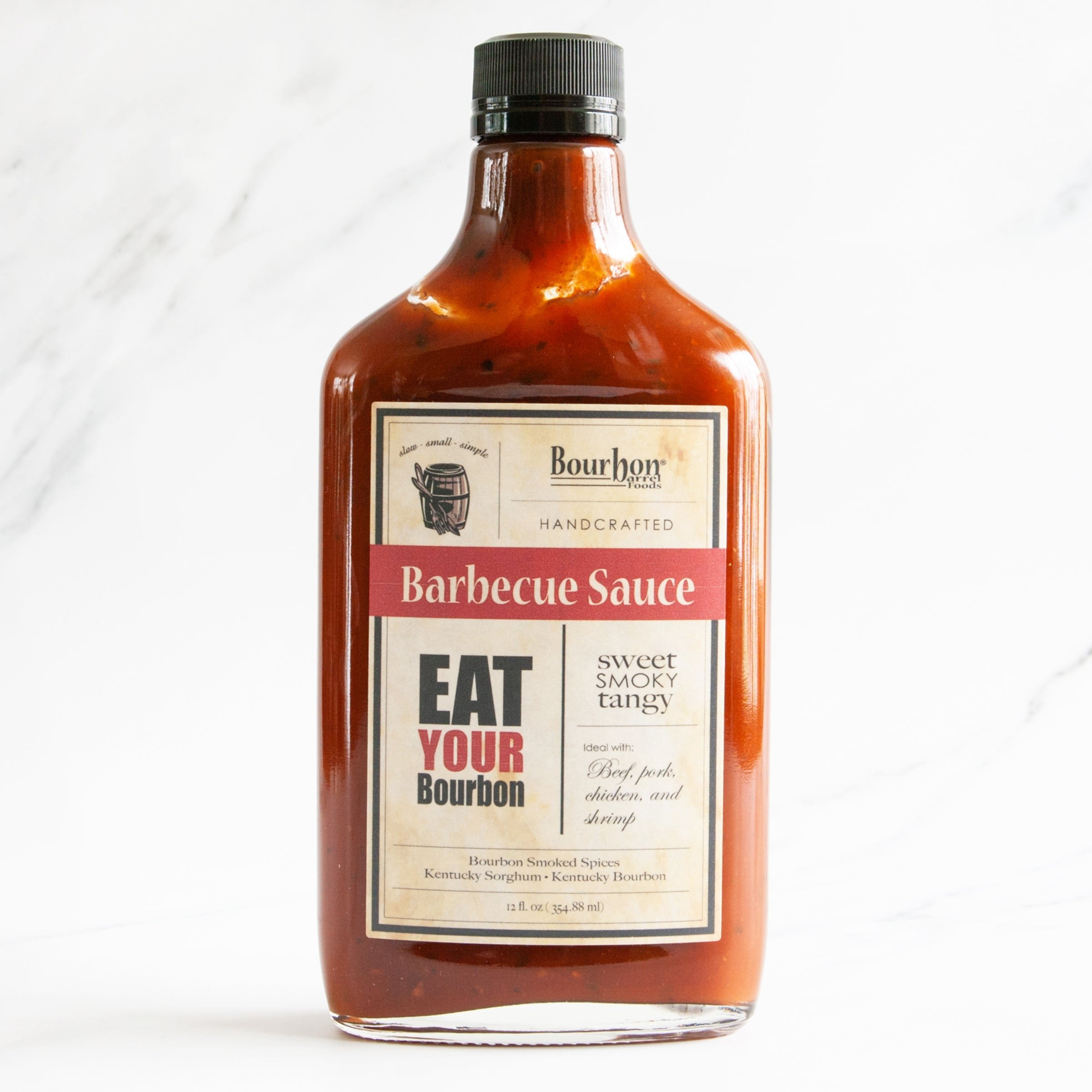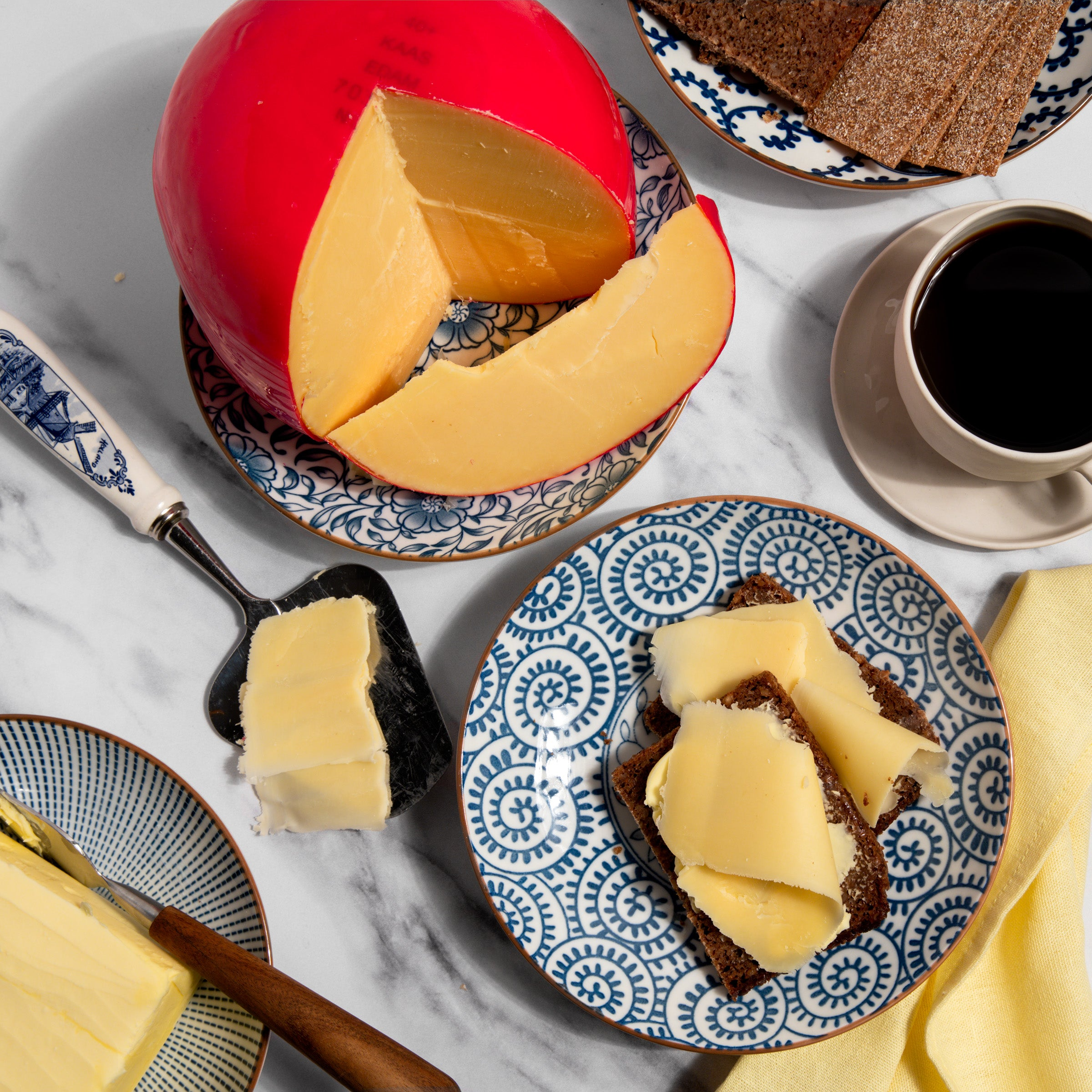Guide to Cheese Types
Brie and White Mold - Cheese Guide
June 12, 2019 | By Dave Mattingly
Brie Cheese is one of the world's most popular dairy products, and many would argue the greatest French cheese on earth. Brie Cheese is named after the town of Brie in central France. A soft-ripened cheese, Brie is characterized by a white, bloomy rind of penicillium candidum mold, with a soft, creamy interior. Brie Cheese has a buttery flavor, creamy texture, and should smell fresh with perhaps a light hint of mushrooms. Authentic Brie Cheese is made from cow's milk, but some small dairies produce a few goat and sheep milk varieties.
Brie de Meaux
Although Brie Cheese is produced all over France, only Brie de Meaux has been awarded the French AOC seal, confirming its production in the region of Meaux. Since Brie de Meaux can only be made with raw milk, it is rarely available in the US, and then only if aged over 60 days. A product named Fromage de Meaux made from pasteurized milk is made for export markets. While Fromage de Meaux is an often excellent cheese, the only way for Americans to experience real Brie de Meaux is to travel outside the country.
The Rind of Brie Cheese
One of the most common questions about Brie Cheese is, "Can you eat the rind?" Without exception Brie Cheese rind is edible and delicious. Brie Cheese rind is sprayed with a white mold called penicillium candidum, the same mold found on Camembert, triple crèmes, and some varieties of Italian deli salamis. This beneficial mold is applied early in the cheesemaking process to keep the Brie Cheese safe from other potentially harmful micro-organisms. Eating the rind of Brie Cheese is a matter of preference; some people enjoy the additional flavor it gives to the cheese, others only want to taste the creamy inside portion. If you do want to trim the rind off a large section of Brie Cheese, you may find it easier to refrigerate the Brie first. By chilling it, you will find the creamy interior much easier to handle as you cut away the rind.
Storing Brie
As soon as you cut into Brie Cheese, it will begin to lose quality immediately, so plan to consume it within five days. You can test the ripeness of the Brie Cheese by poking it for firmness or smelling its rind. Once cut, wrap your Brie in parchment paper or wax paper so the rind can continue to breathe and stay dry.
Brie en Croute
At room temperature, Brie becomes deliciously creamy. When warm, it positively oozes. This led many cheese lovers to begin baking Brie Cheese. Hot out of the oven, Baked Brie or Brie en Croute is a treat for any fan of cooking with cheese. Brie en Croute is French for "Brie in a Crust." To prepare Brie en Croute, roll out puff pastry or pie dough, lay a wheel of Brie Cheese in the center and fold up the edges to make a sealed parcel, then pop in a hot oven and bake at 325F for 10 to 15 minutes, until the dough browns. Brie en Croute should have a crispy, flaky crust surrounding a gooey, molten Brie Cheese interior.
Baked Brie can be made either savory for an appetizer or sweet as a dessert. A standard savory Baked Brie is topped with chopped garlic, herbs, and a dash of black pepper. Sweet Baked Brie Cheese can be coated with raspberry preserves and candied pecans, orange marmalade and almonds, or even caramel.
When searching for gourmet cheese online, look no further than igourmet.com.






